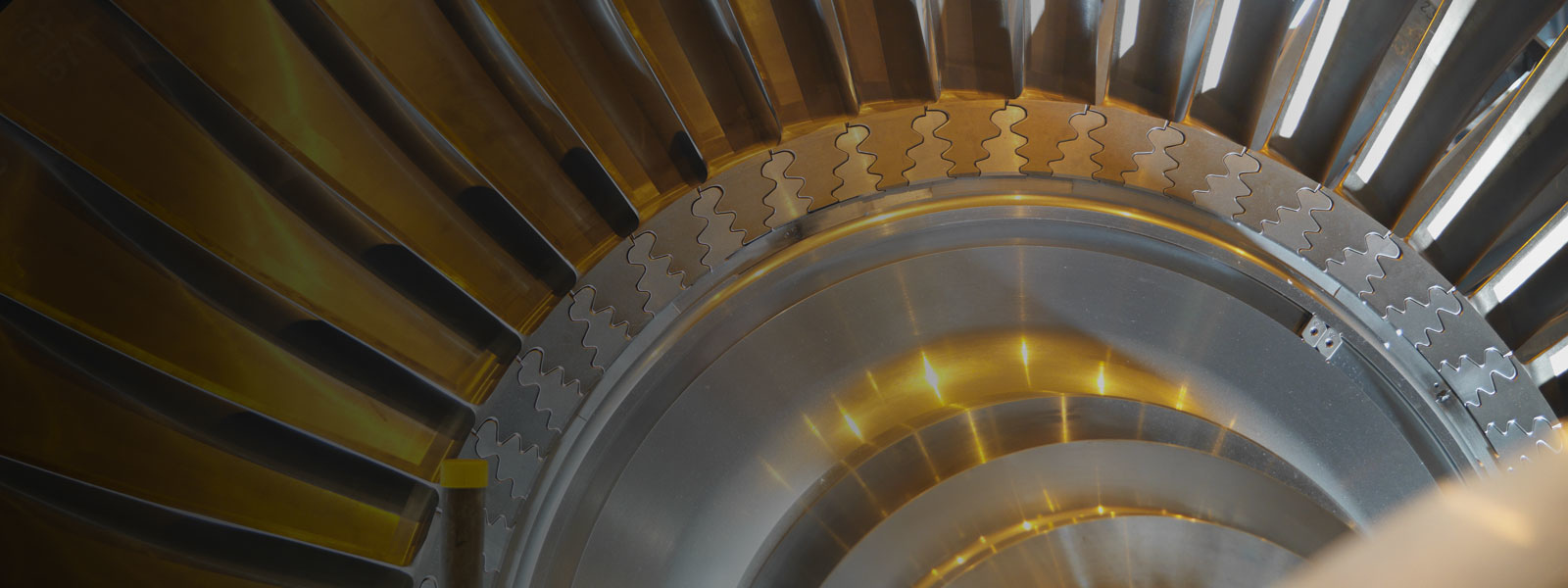
Demand for petrochemicals, a key element of countless consumer goods, is intrinsically linked to consumer demand and spending. Consumer activity, and more generally, economic growth, has been driven for decades by such macroeconomic trends as globalization, urbanization, growth of the working age population, increasing mobility and improvement in living standards, particularly in emerging markets such as those in Asia. In recent years, petrochemical demand in Asia has grown considerably alongside the region’s strong economic growth.
But in 2020, the onset of COVID-19 derailed economic growth across the globe. The International Monetary Fund estimates that the global economy contracted by 3.5% in 2020 (compared to growth of 2.8% in 2019), and UNCTAD estimates that global foreign direct investment fell 42%, reducing FDI to a level not seen since the 1990s. The pandemic has affected virtually every industry worldwide, including the petrochemical industry in Asia, which has been impacted (though irregularly across value chains) by declines in demand, supply chain disruptions, project delays and cuts to operating and capital spending.
Nevertheless, despite the challenges that the global economy may face as the pandemic persists, there may still be great opportunity for petrochemical projects in Asia. Much of Asia has succeeded in curbing the outbreak of COVID-19 relatively effectively, and may be on the path to recovery from the pandemic’s damaging economic effects. For example, despite some delays due to the pandemic, most new cracker projects are going ahead in Asia, where approximately 22 million metric tons of new capacity is likely to start up from 2020 to 2022. Asia’s petrochemical industry will continue its pre-pandemic expansion as the region’s rebounding economy resumes growth, driving demand for consumer goods and fuels.
Asia’s rising crude oil refining capacity, aimed at addressing the growing demand for consumer goods and fuels, also may be a significant driver of petrochemical projects in Asia. Refining capacity in China, for example, the world’s largest automobile market, is expected to climb from 17.5 million barrels per day at the end of 2020, to 20 million barrels per day by 2025. China’s crude oil imports hit their highest-ever level in 2020, and the International Energy Agency predicts that China may surpass the US as the world’s largest crude oil refiner as early as this year. India also is boosting its refining capacity by more than half to 8 million barrels per day by 2025.Industry consultant Wood Mackenzie estimates that more than half of the refining capacity that comes on stream from 2019 to 2027 will be added in Asia, and that 70% to 80% of this will be focused on plastics. Accordingly, it is expected that Asia, particularly China, will lead new capacity additions for ethylene in the next decade.
The rise in Asia’s refining capacity will increase the supply of feedstocks, such as naphtha, LPG and basic petrochemicals like ethylene and propylene, that is available in the region for petrochemical projects. It also may increase regional demand for petrochemical blend stocks that are used as fuel additives, such as toluene, xylenes and MTBE.
Global refining capacity has far outweighed demand for refined oil products even before oil demand plummeted as a result of the lockdowns and travel restrictions implemented in response to COVID-19.Even in China, refining capacity additions are outpacing demand growth, and the country’s oversupply of oil products may reach 1.4 million barrels per day in 2025, according to China National Petroleum Corporation. But such surplus may signal a positive investment environment for petrochemical projects in Asia. Over the last three decades, petrochemical investment has responded fairly predictably to the economics of each oil cycle, with new petrochemicals capacities growing more slowly during tight oil cycles, and more rapidly during periods of surplus. During this time, capacity increasingly shifted from Europe and North America to the Middle East and China.
In China, in particular, a wave of steam cracker and propane dehydrogenation projects is slated to come online in 2021 and 2022. With China having begun its pandemic recovery early, the Chinese economy, the world’s second largest and one of the few in the world to have expanded in 2020, is booming. Higher industrial production by the country’s vast manufacturing sector and strong exports are driving burgeoning petrochemical demand.
Despite its extensive investment in petrochemical capacities, China is likely to remain one of the world’s largest petrochemicals importers as demand continues to outstrip capacity. The potential to export products to China will continue to provide great opportunity for petrochemical projects in other countries in Asia.
The world’s largest trade agreement, the Regional Comprehensive Economic Partnership (RCEP), recently signed by China, Japan, South Korea, Australia, New Zealand and the 10 ASEAN countries, aims to incentivize companies to locate their supply chains within the covered Asia-Pacific region by establishing a single predictable set of regional trade rules. The RCEP provides for, among other things, tariff reduction over a 20-year timeframe, harmonized rules of origin, raised standards of intellectual property protection and core investment protections. Although the RCEP’s provisions are not as ambitious as those of some other trade agreements, the RCEP is likely to boost trade of petrochemicals in Asia and encourage investment in petrochemical projects in Asia, from investors both inside and outside the RCEP’s member countries, and provides a framework for future regional cooperation.
Although COVID-19 may continue to hobble the global economy for some time, there may still be great opportunity for the development of and investment in petrochemical projects in Asia. These projects may hold increasing appeal for investors not only in Asia, but globally, as certain value chains become more regionalized in Asia and more companies consider localizing supply chains to place production nearer to demand growth and reduce potential trade barriers.
This post was first published on EOG Asia. For more information, please visit www.eog-asia.com/a-bright-future-for-petrochemical-projects-in-asia.
This publication is provided for your convenience and does not constitute legal advice. This publication is protected by copyright.
© 2021 White & Case LLP


